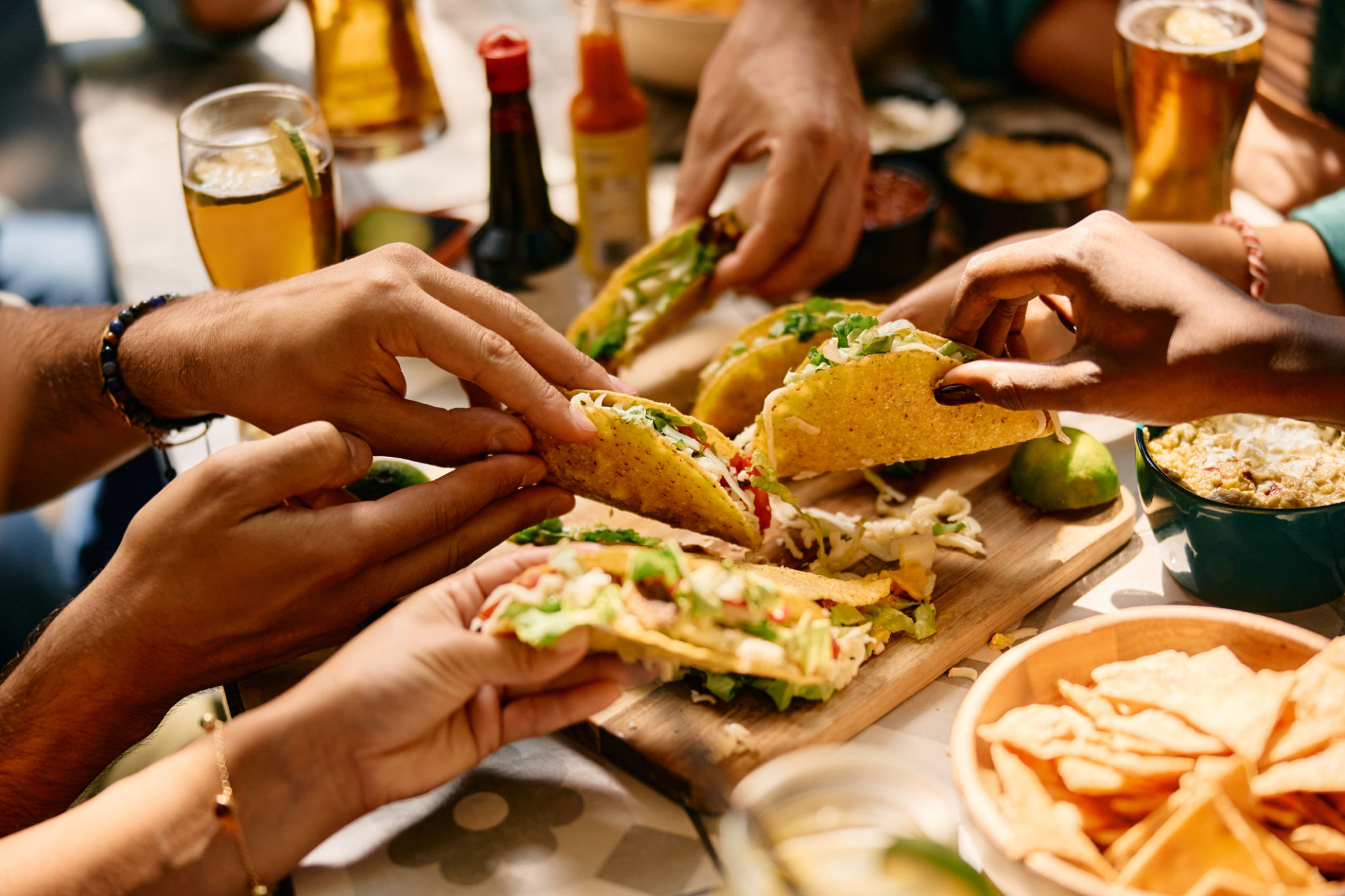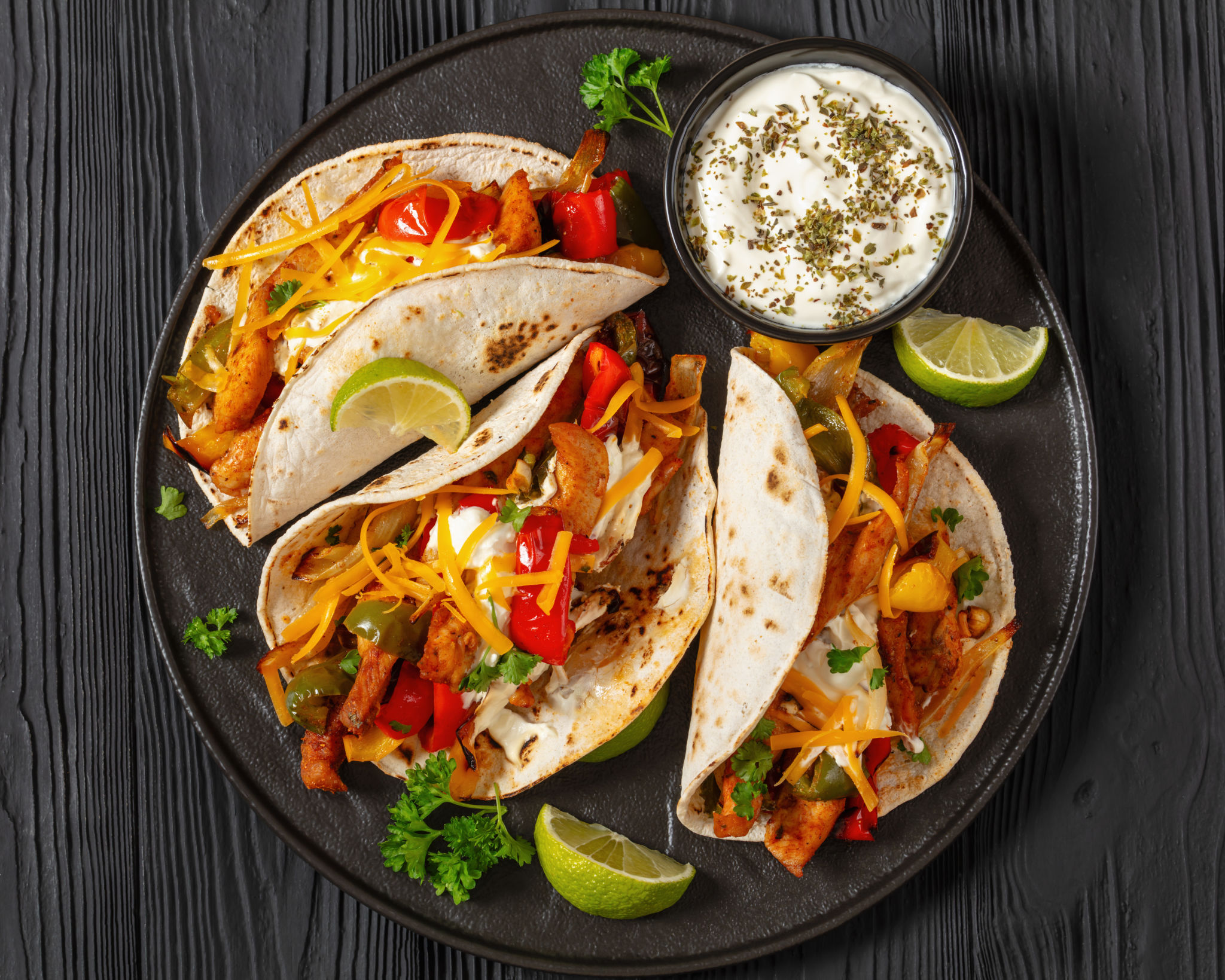Mexican Food 101: Understanding Tex-Mex vs. Traditional Mexican
Introduction to Mexican Food
Mexican cuisine is a rich tapestry of flavors and traditions, representing a complex blend of indigenous and European influences. Its diversity is vast, offering everything from the spicy to the sweet. However, when it comes to Mexican food in the United States, there's often a blur between traditional Mexican dishes and Tex-Mex cuisine. Understanding these differences can enhance your culinary experiences and appreciation.

What is Traditional Mexican Cuisine?
Traditional Mexican food is deeply rooted in the country's history and culture. It relies heavily on native ingredients such as corn, beans, avocados, and chili peppers. The cuisine is known for its vibrant colors and bold flavors, often featuring dishes like tacos, tamales, and mole. Each region in Mexico has its own specialties, reflecting the local ingredients and cultural influences.
Notably, traditional Mexican food emphasizes fresh produce and traditional cooking methods, such as grinding corn for tortillas by hand or slow-cooking meats. The result is a cuisine that is both simple and sophisticated, offering a true taste of Mexican culture.
Understanding Tex-Mex Cuisine
Tex-Mex, on the other hand, is a fusion of Mexican and American culinary traditions. Originating in Texas, this style of cooking combines the bold flavors of Mexican cuisine with American ingredients and tastes. It often features dishes that are heavier on the cheese and meat, such as nachos, burritos, and chili con carne.

One of the hallmarks of Tex-Mex is its liberal use of cheese and sour cream, which are less common in traditional Mexican cooking. Additionally, Tex-Mex dishes frequently incorporate ingredients like cumin and ground beef, which reflect the adaptation to American tastes.
Key Differences between Tex-Mex and Traditional Mexican
To fully appreciate both cuisines, it's essential to recognize their distinct characteristics:
- Ingredients: Traditional Mexican dishes focus on native ingredients like corn and peppers, whereas Tex-Mex includes more wheat flour and beef.
- Cheese: While cheese is used sparingly in traditional Mexican dishes, Tex-Mex cuisine often features it as a main ingredient.
- Spices: Traditional Mexican food relies on fresh herbs and chili peppers for flavor, while Tex-Mex uses cumin and dried spices more prominently.
The Cultural Significance
Both traditional Mexican and Tex-Mex cuisines offer unique insights into their respective cultures. Traditional Mexican food is an expression of centuries-old practices and regional diversity. Meanwhile, Tex-Mex represents the melding of cultures along the US-Mexico border, showcasing how culinary traditions evolve in response to new influences.

Exploring both types of cuisine can be a delicious journey through history and culture. Whether you're savoring a traditional mole or enjoying a cheesy Tex-Mex enchilada, each dish tells a story of the people and places it represents.
Conclusion
Understanding the differences between traditional Mexican and Tex-Mex cuisines enriches your dining experience. It allows you to appreciate the authenticity of each dish and recognize the cultural narratives they embody. Next time you enjoy a meal from either tradition, take a moment to savor not just the flavors but the rich history behind them.
